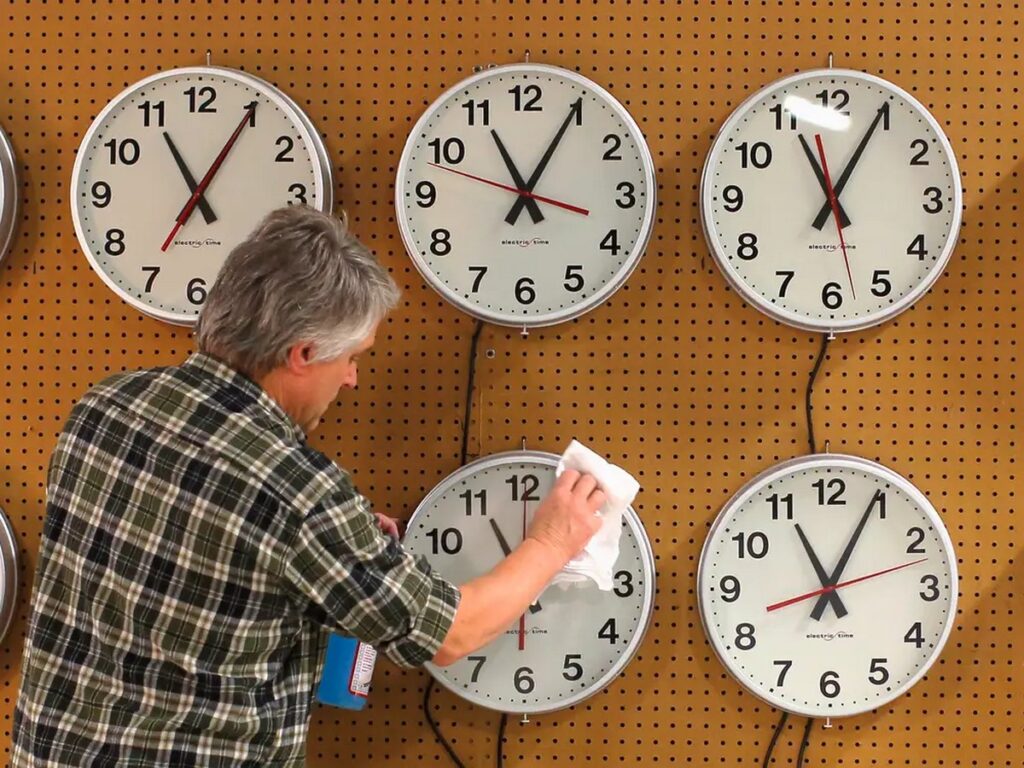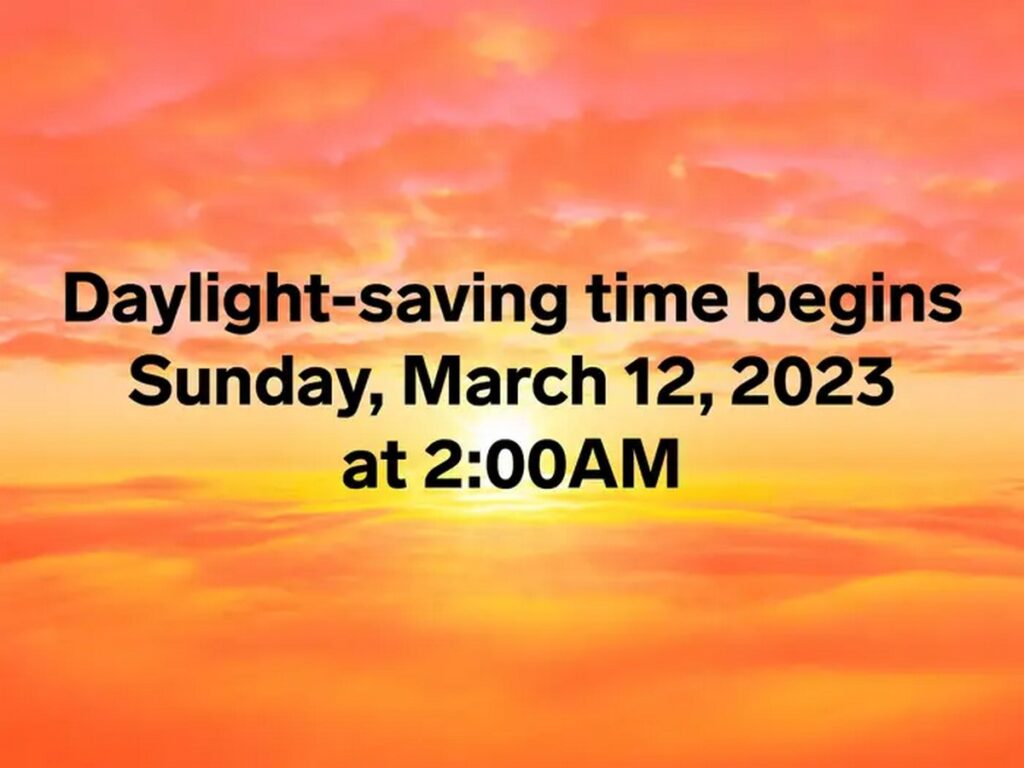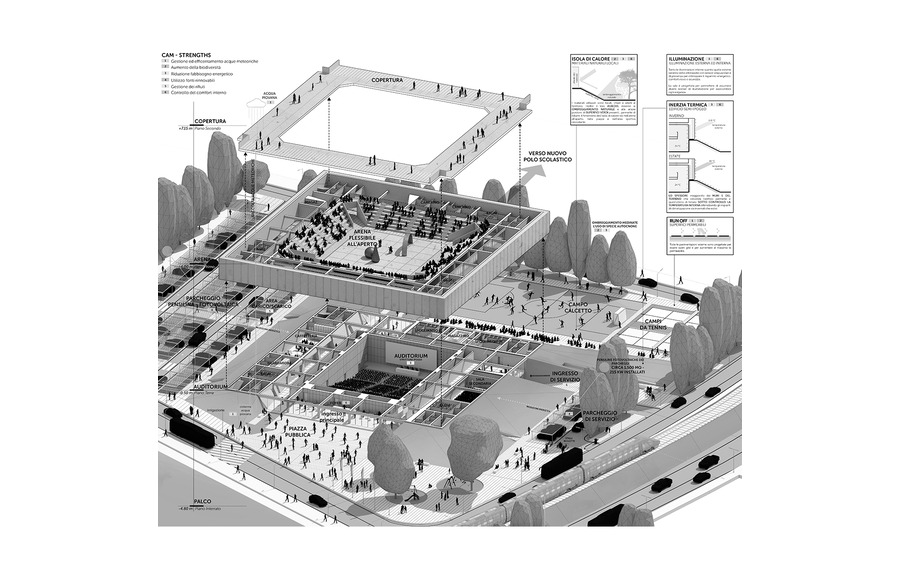The Deadly Effects of Daylight-Saving Time: Is It Time for Change?

Daylight-saving time (DST) may seem like a harmless practice, offering us an extra hour of sunlight during the summer months. However, the annual ritual of adjusting our clocks has far-reaching consequences, including a spike in health risks and safety hazards.

Health Risks and Sleep Disruptions
Research reveals a disturbing trend associated with daylight-saving time: an increase in heart attack visits to hospitals across the US. The day following the clock change in the spring, hospitals report a significant 24% surge in heart attack cases. Conversely, after setting the clocks back in the fall, heart attack visits decrease by 21%. These fluctuations underscore the profound impact that even a minor disruption to our sleep schedule can have on our health.
Sleep experts caution that the shift in time can disrupt our natural sleep patterns, leading to adverse health outcomes. Dr. Matthew Walker, a renowned sleep expert, emphasizes the fragility of our bodies in response to such changes, highlighting the importance of adequate sleep for overall well-being.

Safety Hazards and Economic Costs
Beyond health concerns, daylight-saving time poses safety risks, particularly on the roads. Studies indicate a rise in car accidents caused by drowsy drivers during the transition period, resulting in unnecessary fatalities. Additionally, the time change is linked to increased workplace injuries, strokes, and a temporary uptick in suicides.

Calls for Change and Legislative Efforts
As awareness of the detrimental effects of daylight-saving time grows, calls for change are gaining momentum. Lawmakers and sleep experts advocate for a permanent solution to end the biannual clock change. Efforts to enact legislation, such as the “Sunshine Protection Act,” aim to make DST permanent throughout the US.
However, experts caution against hastily adopting daylight-saving time as the year-round standard. Instead, they advocate for retaining standard time, citing its alignment with natural circadian rhythms and its potential to promote better sleep quality and overall health.
Conclusion
The debate surrounding daylight-saving time underscores the need for thoughtful consideration of its impact on public health and safety. While legislative efforts to abolish the clock change are underway, careful deliberation is necessary to ensure that any proposed changes prioritize the well-being of individuals and communities. As we navigate the complexities of timekeeping, the quest for a healthier, safer future remains paramount.
















